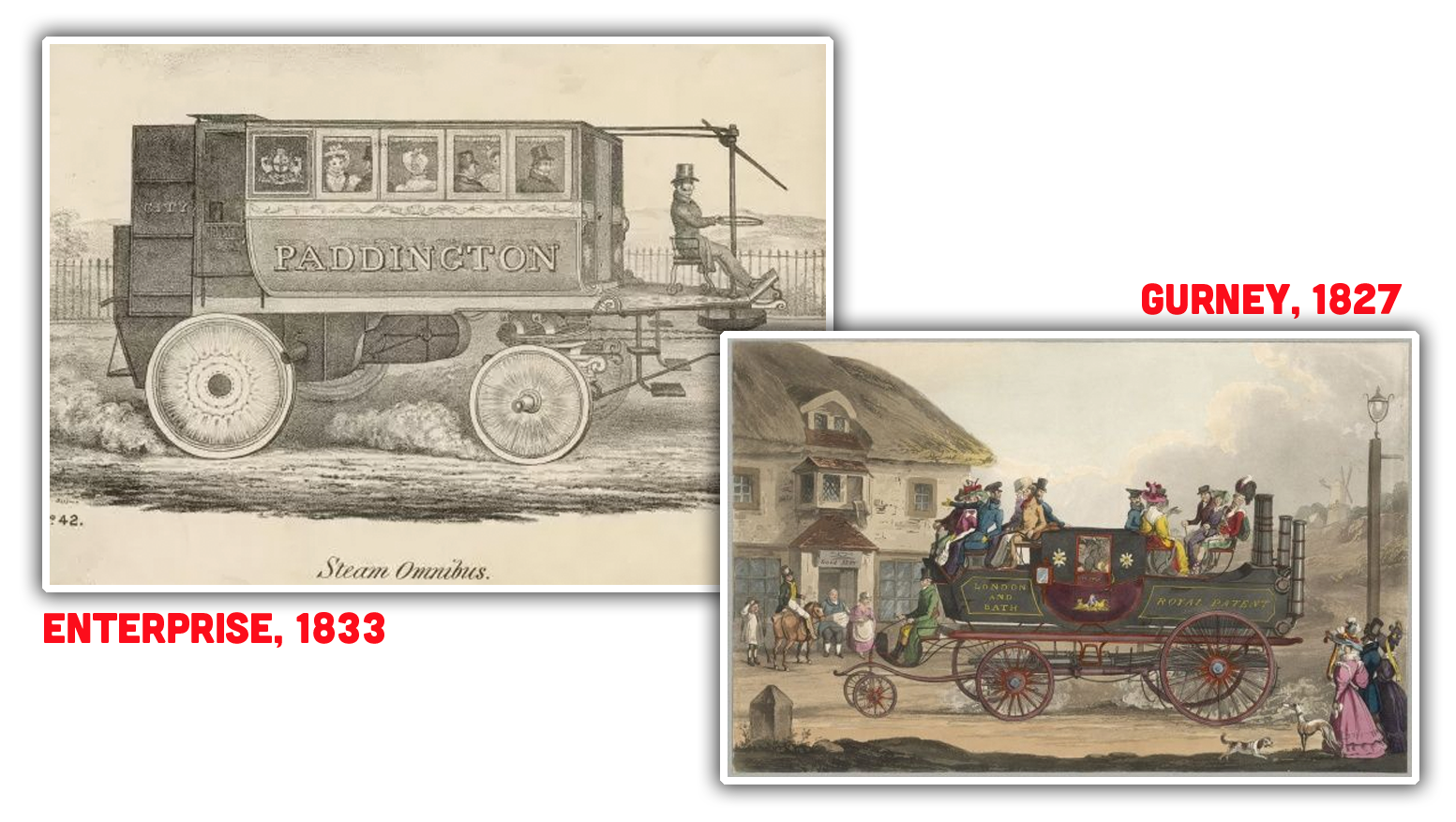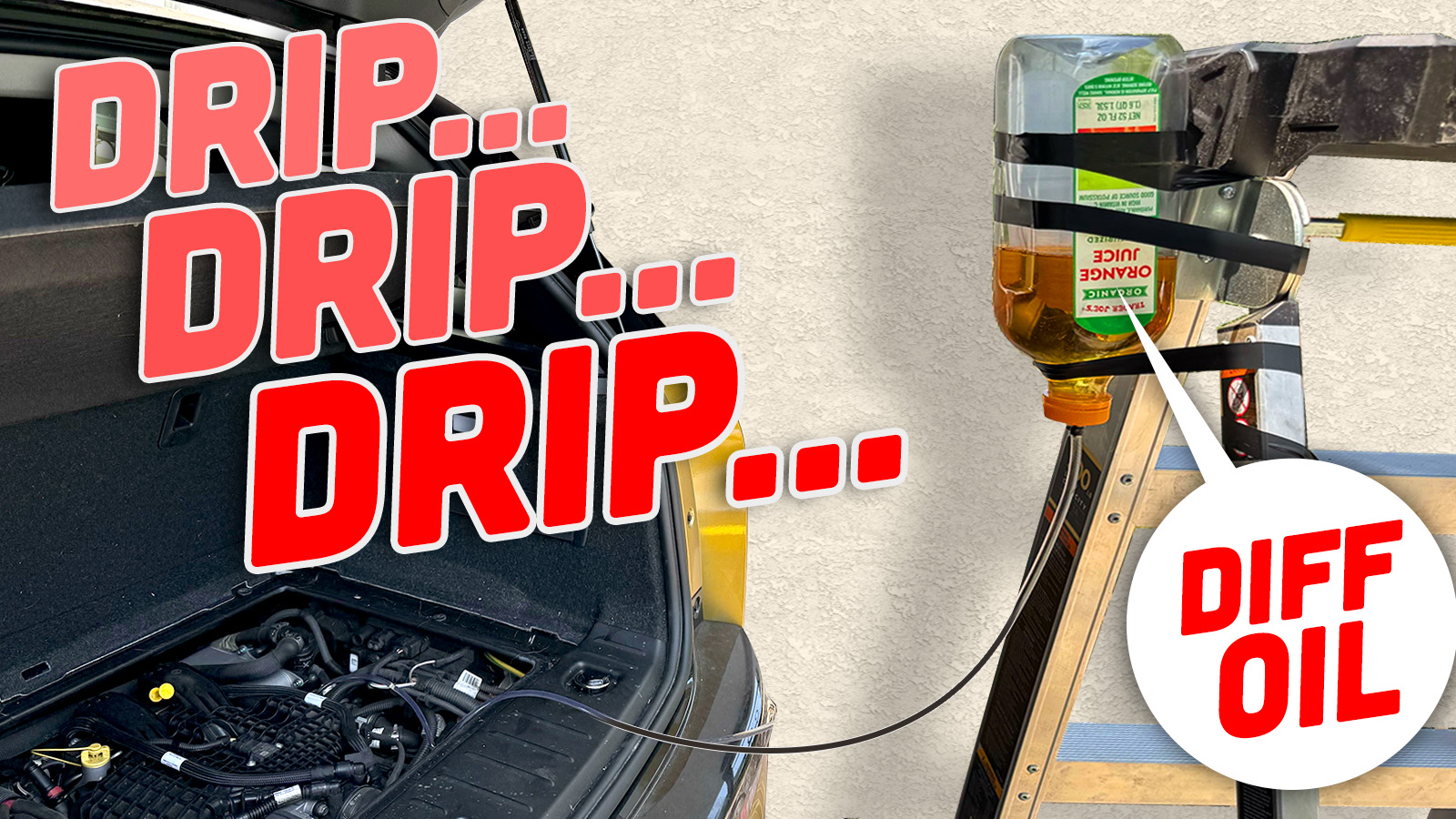Failure gets a bad rap. Is there a better teacher than failure? No, there isn’t, and I should know, as I’ve enrolled in Professor Failure’s classes more often than I’d care to admit. Here at the Autopian, we have a lot of respect for noble failures — or lovable losers — of all types: the sad, penny-pinching glory of AMC; the stately memory of Packard; the bold, doomed experiments of Tatra’s passenger cars; the stubbornness of Checker; and so many, many more. In fact, I bet that you may be wondering, for your own complex, personal reasons, what the very first American car company to fail was! In fact, I’m so sure of it that I went ahead and found out what it was, and I suspect you’ll be stunned at how long ago it happened.
The number of failed carmakers in America is actually shockingly vast; that’s because in the early 1900s there was a sort of carmaker boom, an automotive startup craze that resulted in hundreds of companies that only lasted a few years. Companies like Abbot-Detroit (1909-1918) or Armstrong Electric (1885-1902) or Berg (1903-1905) or Courier (there were three of these, all dead by 1911), or Huffman or Hupp or Playboy or so many more, including the 1914-only Motor Bob.

Look at that! They even had a knockoff “Renault Hood” version, and it was “within the reach of every live wide awake boy of twelve years and over.” Does this make them the first “woke” carmaker?
Anyway, the point is there were once a metric crapload of car companies, and most died off like whatever residual joy you had at an Herbalife seminar. Finding just which company was the first to actually die off would be extraordinarily difficult considering the sheer number of players in the game, were it not for one very important qualifier: when.
We want to find the first company to fail, not the middleest company to fail, so that means we need to look back, back, way back in time. The era of automobiles in America starts with Oliver Evans, a steam engineer hired by the city of Philadelphia to dredge a canal, and to accomplish this Evans built the first automobile in America, and also the first amphibious automobile ever.

This was in 1804 or 1805 (some sources, like the mural in the Capitol building that shows the scene with the Oruktor – on the left there – say 1804, and Evan’s 1805 book describes the machine, so I’m inclined to think 1804) and Evans didn’t really make a car company as such to build multiple Oruktors. So we can’t count this as a car company.
What’s closer also happened in Philadelphia, this time in 1831 when a person named William Norris took out an ad in the December 1833 issue of the Philadelphia Gazette, stating his intention to form the American Steam Carriage Company, which would build various kinds of “Locomotive Engines”:

Page from The American Automobile Since 1775, Automobile Quarterly
Now, some sources suggest these locomotive engines would be for road use, not rail, like the road-going steam omnibuses used in England in the 1820s and 1830s.

I can’t be absolutely certain of this, though. Railroads in America had just barely started in 1833, with the Baltimore and Ohio railroad opening in 1827. So it’s possible Norris may have been planning rail locomotives? I can’t say for certain, and, even more importantly, the company never actually got off the ground, so I don’t think it would count, anyway.
Now, who likes being confused? I sure hope you do, because the next candidate, coming in at 1851, has the exact same name as the company 20 years earlier: the American Steam Carriage Company.

Page from The American Automobile Since 1775, Automobile Quarterly
The American Steam Carriage Company literature displayed a really novel steam carriage design – very clearly a passenger vehicle, rakishly low-slung and appearing to be driven by a pair of horizontal cylinders, one at each side. It looks like a boiler is mounted at the rear, complete with smokestack, and I suspect the large underslung volume under the passenger cabin is likely used for water and/or coal storage. Rods for steering seem to be extending from the cabin to the front axle, too. I hope there were some sort of brakes, too, but I can’t tell from this drawing. I’d love to see more diagrams of the carriage, but so far I’ve only seen this one side drawing.

From The American Automobile Since 1775, Automobile Quarterly
The carriage design and engineering was by John Kenrick Fisher, an engineer with a lot of experience, and who may have built a working steam carriage as early as 1840. It appears that a model of their planned steam carriage was built, and received very favorable reviews from such esteemed sources as the Mechanics’ Institute committee on arts and sciences, and the model boasted some really innovative features we take for granted on modern cars, like the ability to be operated by a solitary person. That one is a big deal.
Unfortunately, despite the good reviews of what I think is a really remarkably forward-looking design, this second iteration of the American Steam Carriage Company failed to raise the necessary funding and was forced to fold.
Because it was actually organized as a company, complete with an engineering team, a product design and a plan to build these carriages in some quantity, I think this counts as the first real American car company. And, since they failed to raise the capital they needed to make it happen, I think it also counts as the first real failed American Car Company.
So, before the Civil War even happened, Americans were trying to start car companies. And, sure, this first try didn’t exactly work, but I think America has more than made up for that.

Jay Leno Released From Burn Ward, And Why A Steam Car Caused A Gas Fire In The First Place
Here’s A Look At A Working Bus From 1833: Cars Before Cars
The First Automobile In New York City Was Probably This Pre-Civil War Fire Engine







Dude started a company without a product to raise funds from a newspaper ad? Well many articles here rate companies doing that a scam and unlikely to succeed. But you fall for the same scam 200 years ago?
Could the Motor-Bob be the first go-kart?
This gives me hope. In 20-years time the horseless carriage went from lifted trucks and SUVs (standard utility vehicles, e.g. lifted wagons), to a stanced wagon. Hurry up 2040!
More successful than the Horsey Horseless 😛
So we invented the vapor almost before we invented the ware.
As I see it, the putative American Steam Carriage has an insurmountable design flaw, the driving cylinders are too far from the boiler.
It is not steam, or petrol, or even the magic of electricity that propels a body from rest to motion, it is heat. Steam is only steam when hot,otherwise it is just water or possibly ice. The longer the pipe, or wire the greater the heat loss. Also vertical boilers have problems.
Vertical Boilers are best for road vehicles that travel on roads that cause angles of the vehicle to change. Locomotives, that’s only a couple of degrees in most cases. Horizontal boilers, extreme angles(like say 20%) can cause problems
This is a very good point. Yes, horizontal boilers can be scaled up to provide much more steam but they also don’t fare well with changing angles of attack. It’s why you see cog railways (or other uses at wild angles) either using vertical boilers or mounting their horizontal boilers at an angle that keeps them perpendicular to the force of gravity.
That said, I reckon an overheated crown sheet still wouldn’t dissuade David from taking an Oruktor to Moab.
Like……. insulation?
I’m far from an expert on steam engines, and it’s very possible that I’m being rather silly here, but you can in fact keep fluids hot as they travel through pipes. And yeah you can’t keep 100% of the heat in, but this doesn’t seem insurmountable.
They’d lose a little heat.That’s not a problem
Thanks for the history lesson. . . Though I think to count they would have actually had to produce some cars, so I think you need to keep going.
Also, they have a Playboy up here at the Saratoga Auto museum. They are from Buffalo. Cool little cars.
This is good stuff – very interesting! The historical aspects appeal to me, especially when they were written contemporaneously.
This reminded me of something, in a roundabout way.
A few years ago I picked up a six-volume set of books called Automobile Engineering, published in 1930 by the American Technical Society. (I had conflated the Mechanics’ Institute with the ATS, hence “roundabout”.) Twenty bucks on ebay. 🙂
The frontispiece indicates that the books are “A Reading Course and General Reference Work for Auto-Mechanics, Chauffeurs, and Owners, Covering the Construction, Care, and Repair of Pleasure Cars, Commercial Cars, and Motorcycles, with Special Attention to Ignition, Starting, and Lighting Systems, Aviation Engines, Welding, Etc.” (The possibly excessive capitalization was theirs.) There are a lot of cutaway drawings, but surprisingly enough there are actual photographs too.
Anyway, it struck me as something that a person with your… proclivities… would find interesting. 🙂
Hmm – can’t edit that comment.
Anyway, there is a 1919 set on eBay right now for $59.99 OBO*. Volume V in that set covers “Welding, Shop Kinks [sic], Garages, Motorcycles, Steam Cars” while Volume VI covers “Tractors, Commercial Cars, Electrics, Storage Cells”. Those two would probably shed some interesting light on the state of the industry at the time.
* The 1920 sets seem to be more expensive – not sure why.
Way back in the early days of the internet, I remember seeing some scanned pages of an automotive history book published in Autopia (it was only the first couple of chapters, as the rest of the book, as it had been hollowed out in order to smuggle samizdat during the failed CIA-backed counter revolution of 74). It showed a similar vehicle, with the boiler at the back, but with pistons driving the front wheels, and a really bizarre steering system, and explaining that this is why Autopian cars were rear engined FWD.
The Bishop or somebody should really do a retrospective on that.
look for the Floyd Clymer books printed the ’40s and ’50s for fun, light reading on the dawn of the automotive era
That’s a good tip – thank you!
I found one of these at a swap meet:
Motorcyclist’s Workshop
https://www.ebay.com/itm/163065410939
As I understand it, it was basically a rebranded reprinting of a British book that Mr. Clymer used to get his publishing business going here in the US.
Took a look at eBay: holy cow, there are a lot of those books (in a good way). And here’s one for DT! 😀
Floyd Clymer Nash Metropolitan Owner’s Handbook–c. 1960
https://www.ebay.com/itm/195707764783
> frontispiece
I wish that word were more commonly used.
Thank you. I wish the subjunctive were more commonly used. 🙂
It’s not a word one needs often, but when one does need it there is no substitute.